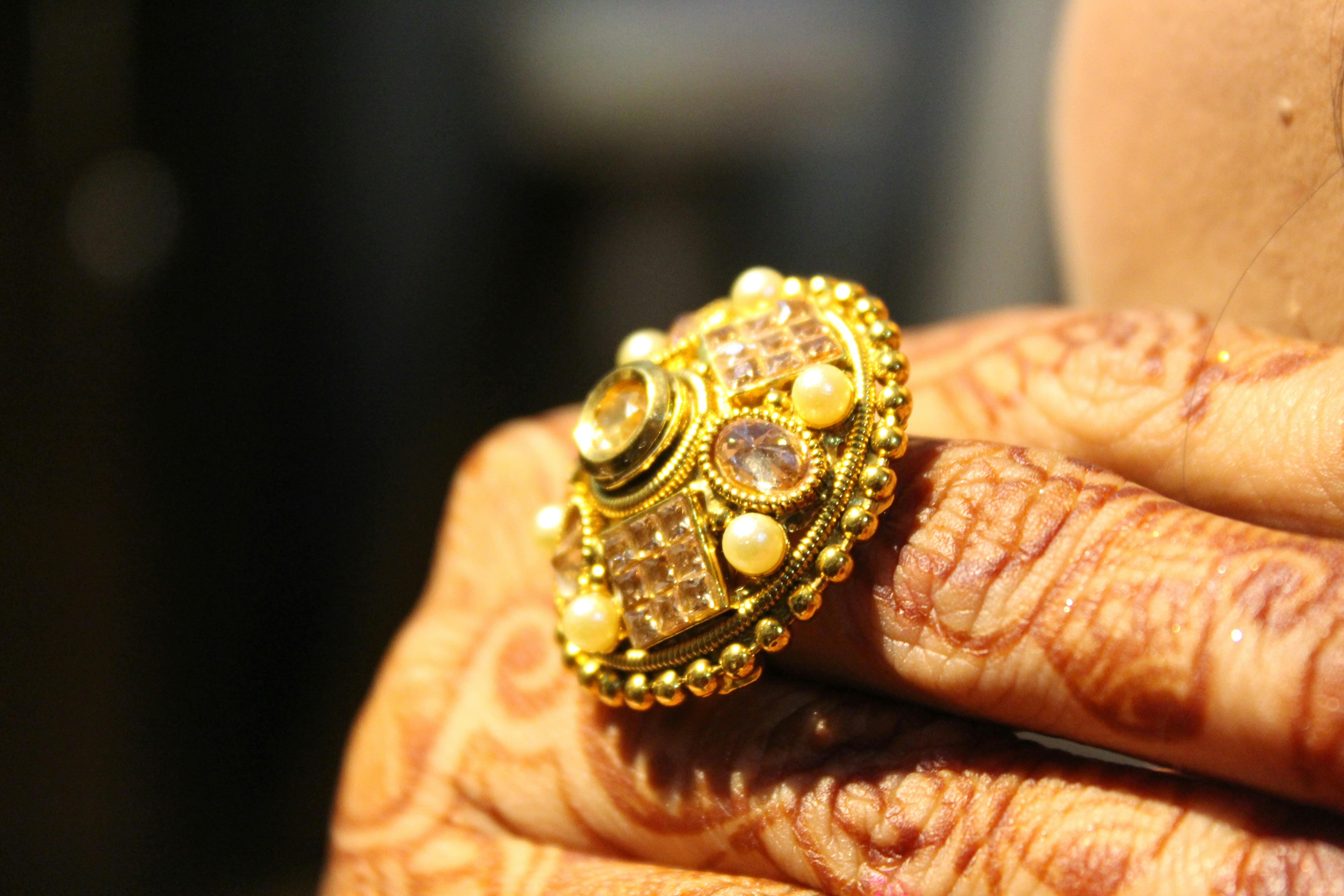Antique Rings: A Journey Through Time and Craftsmanship
Antique rings are exquisite pieces of jewelry that offer a glimpse into the artistry and craftsmanship of bygone eras. These timeless treasures, typically over 100 years old, carry with them the stories and styles of generations past. From intricate Victorian designs to the bold geometry of Art Deco, antique rings showcase the evolution of jewelry making and the enduring appeal of vintage aesthetics.

How do Victorian-era rings differ from other antique styles?
Victorian-era rings, produced during Queen Victoria’s reign from 1837 to 1901, are known for their romantic and sentimental designs. This period saw a surge in jewelry popularity, with rings often featuring symbolic motifs such as hearts, flowers, and birds. Victorian rings are typically characterized by their use of yellow gold, rose gold, or silver, and frequently incorporate colorful gemstones like garnets, amethysts, and pearls. The era’s jewelry also reflected the Industrial Revolution’s impact, with machine-made pieces becoming more common alongside handcrafted items.
What types of gemstones are commonly found in antique rings?
Antique rings feature a wide array of gemstones, each reflecting the preferences and availability of their time. While diamonds have long been popular, colored gemstones were often the stars of antique jewelry. Rubies, sapphires, and emeralds were highly prized, as were semi-precious stones like opals, garnets, and amethysts. Many antique rings also feature pearls, which were considered extremely valuable. The cut of these gemstones often differs from modern styles, with old mine cuts, rose cuts, and cabochons being common in antique pieces.
How can one authenticate and care for an antique ring?
Authenticating an antique ring requires careful examination and often expert opinion. Look for hallmarks, which are tiny stamps indicating the metal purity and maker. The style, materials, and craftsmanship should be consistent with the purported era. Caring for antique rings involves gentle cleaning with mild soap and warm water, avoiding harsh chemicals or ultrasonic cleaners that can damage delicate settings. It’s advisable to have antique rings inspected regularly by a professional jeweler to ensure settings remain secure and to address any wear issues promptly.
What are the most sought-after periods for antique ring collectors?
Collectors of antique rings often focus on specific periods known for their distinctive styles. The Georgian era (1714-1837) is highly prized for its rarity and handcrafted quality. Victorian rings remain popular due to their romantic aesthetics and historical significance. The Edwardian period (1901-1910) is known for its delicate platinum work and use of diamonds. Art Nouveau (1890-1910) rings are valued for their organic, nature-inspired designs, while Art Deco (1920s-1930s) pieces are sought after for their bold, geometric patterns and use of colored gemstones.
How does the market value antique rings compared to modern jewelry?
Antique rings often command premium prices in the jewelry market due to their rarity, historical value, and unique craftsmanship. The value of an antique ring depends on various factors, including its age, condition, materials, and provenance. While some antique rings can be more expensive than their modern counterparts, others may be surprisingly affordable, especially if they feature less popular styles or materials.
| Ring Type | Typical Era | Average Price Range (USD) | Notable Features |
|---|---|---|---|
| Victorian | 1837-1901 | $1,000 - $5,000+ | Yellow gold, symbolic motifs, colored gemstones |
| Art Nouveau | 1890-1910 | $2,000 - $10,000+ | Nature-inspired designs, enamel work |
| Edwardian | 1901-1910 | $3,000 - $15,000+ | Platinum, delicate filigree, diamonds |
| Art Deco | 1920s-1930s | $2,500 - $20,000+ | Geometric patterns, contrasting gemstones |
Prices, rates, or cost estimates mentioned in this article are based on the latest available information but may change over time. Independent research is advised before making financial decisions.
Antique rings offer a unique opportunity to own a piece of history while enjoying exquisite craftsmanship. Whether chosen for their historical significance, aesthetic appeal, or as an investment, these timeless pieces continue to captivate jewelry enthusiasts and collectors alike. As with any significant purchase, potential buyers should research thoroughly, seek expert advice when necessary, and carefully consider the authenticity and condition of the piece before making a decision.






